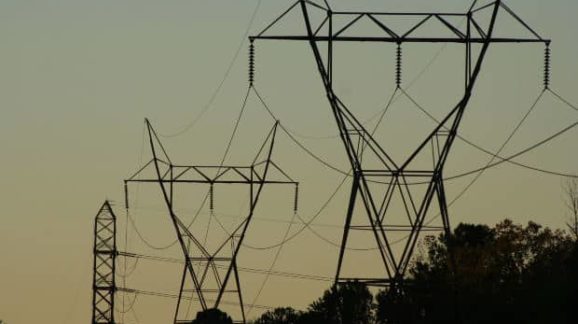A Primer on Expected EPA Climate Rules

In 2010, during the 111th Congress, Senate Majority Leader Harry Reid shelved a cap-and-trade bill because too many Democrats opposed the bill during caucus meetings. And during his 2012 reelection campaign, President Obama conspicuously dodged speaking about climate change. Despite the failure of climate policy within his own party in the Senate, and after neglecting the issue altogether in 2012, President Obama in the summer of 2013 unveiled a far-reaching executive strategy for addressing global warming, known as the Climate Action Plan.
Early next week, the Environmental Protection Agency is expected to finalize the crown jewel of the president’s Climate Action Plan, a suite of regulations to control greenhouse gases from the electricity sector, including:
Carbon Pollution Standards: In January 2014, the EPA proposed a rule for new coal-fired power plants, known as the Carbon Pollution Standards, that would require operators to capture roughly 30 percent of greenhouse gas emissions by using a process known as “carbon capture and sequestration.” However, it has been widely rumored that next week’s final rule will drop the mandate for carbon capture and sequestration, due to its perceived legal vulnerability. In addition to being impermissibly expensive, the rule as proposed would actually increase greenhouse gas emissions, which is not allowed under the Clean Air Act. In place of carbon capture and sequestration technology, the EPA is expected to require either an ultra-supercritical pulverized coal system or integrated gasification combined cycle coal technology.
Clean Power Plan: In June 2014, the EPA proposed a rule to control greenhouse gases from existing power plants, known as the Clean Power Plan. The unprecedented rule would regulate the entire electric industry, rather than on a source-by-source basis as had been EPA’s practice for 40 years. As such, the proposed Clean Power Plan would grossly expand EPA’s authority into the states’ traditional authorities. For 80 years, States have overseen retail electricity markets shielded from federal intrusion. The Clean Power Plan would radically alter this arrangement, which dates from the New Deal, such that state authority would now fall under the thumb of EPA approval. In addition to posing grave federalism concerns, the rule would be the most expensive regulation ever imposed on the power sector, costing between $41 billion and $73 billion per year.
Proposed Federal Implementation Plan: Under the Clean Air Act, the EPA is required to review state compliance strategies. If the agency disapproves a state plan, then the EPA is required to implement a federal plan in its stead. Therefore, under the Clean Power Plan, the EPA would be empowered to impose its own energy policy on unwilling states, if the agency decided that a given state’s submission was insufficiently green. It is unclear what form such a federal energy plan would take, as nothing of this sort (i.e., EPA trying to set national electricity policy) has ever before been attempted under the Clean Air Act. As part of next week’s rollout, the EPA is expected to propose a generic federal takeover of a state’s energy sector. Possible proposals include a federally operated cap-and-trade emissions trading scheme or a direct emissions limits based on system-wide controls. Whatever form the proposal takes, it will engender serious constitutional difficulties.